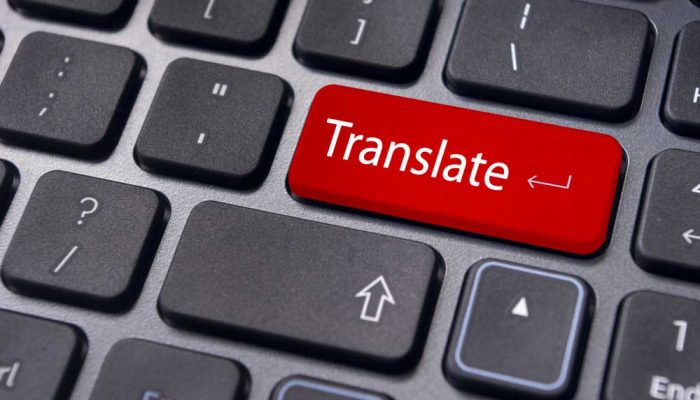Learn about the benefits of constructing a multi-year internship from a MLIS student's perspective.

Machine Translation: Can It Help Newcomers Access the Public Library?
In a public library, community outreach efforts aim to develop library programs for non-users, the under-served, and people with special needs within the community. As communities are constantly evolving, libraries must monitor changes and adapt their services to meet the diverse needs of any community. In the Ottawa region, one such change is the shifting demographic composition of the city as an increasing number of immigrants from a range of countries settle here. For instance, the 2011 Census of Canada reveals that the overall number and the proportion of Ottawa residents who have neither of Canada’s official languages as their mother tongue is growing. With regard to one particular newcomer group—Spanish-speaking immigrants—the number rose from 9,860 residents (1.2 per cent of Ottawa’s total population) in 2006 to 10,930 (1.3 per cent) in 2011.
A useful strategy for making a library more accessible to newcomers is to translate the library’s website into a range of immigrant languages. However, professional translation is costly and time-consuming. Moreover, it is not a one-off cost, as web content is dynamic and needs regular updating.
The IFLA Trend Report published in August 2013 by the International Federation of Library Associations and Institutions identifies automated machine translation as a technology that will transform the global information economy, noting that this technology is one to watch within the library community. In consultation with the Ottawa Public Library, and with funding in the form of an OCLC/ALISE research grant, we therefore undertook a pilot project to evaluate the potential of automated machine translation as a more cost-effective means of translating the library website into Spanish.
Google Translate & Improving On “Raw” Machine Translation
Anyone who has used a machine translation system such as Google Translate has no doubt remarked that while the system is certainly fast and inexpensive, it does not always produce high quality results. Nevertheless, editing the output of a machine translation system could be quicker and cheaper than translating from scratch. The question that our project sought to answer was whether the Spanish-speaking newcomers for whom the translated website was intended would find the results of machine translation—or edited machine translation—to be of usable quality.
For this study, we identified three sections of the OPL website, and we translated them into Spanish using Google Translate. We then hired professional translators to edit these machine translated texts using two different techniques. The first, called Rapid Post-Editing (RPE), aims to fix all the errors of meaning that are contained in the machine translated text, but it does not attempt to fix any stylistic problems. The result is a text that is accurate, but which may be somewhat awkwardly expressed. The second approach is called Maximal Post-Editing (MPE), and this technique seeks to correct both meaning errors and stylistic problems.
Faster & Cheaper… But Is It Usable?
We calculated the time and cost savings of both RPE and MPE, as compared to having the text professionally translated from scratch. The RPE was 70 per cent faster and 68 per cent cheaper, while the MPE was 34 per cent faster and 33 per cent cheaper. That translates into considerable savings!
Finally, we conducted a survey of Spanish-speaking immigrants in the region to see if they judged the post-edited machine translations to be usable, or whether they preferred professionally translated texts. Taking into consideration the time and cost of producing each of the different versions, the 114 respondents reached the following conclusions:
- 23 per cent found that the “raw” (unedited) output from Google Translate was sufficient to meet their needs;
- 54 per cent identified the version that had been produced using RPE as being the version that provided the best compromise between time/cost and quality;
- 17 per cent preferred to consult a version produced using MPE; while
- a mere six per cent felt that they could make do with nothing less than a professional human translation.
Given that 77 per cent of the respondents were willing to accept either unedited or lightly edited versions of a machine-translated text, this approach seems promising and warrants further investigation with a wider range of languages and texts.
Lynne Bowker is Director and Full Professor at the University of Ottawa’s School of Information Studies. Jairo Buitrago Ciro is a student on uOttawa’s Master of Information Studies program.
This Post Has 2 Comments
Comments are closed.



[…] In a public library, community outreach efforts aim to develop library programs for non-users, the under-served, and people with special needs within the c… […]
[…] To read the full article, click the link here: Machine Translation – Will it work? […]